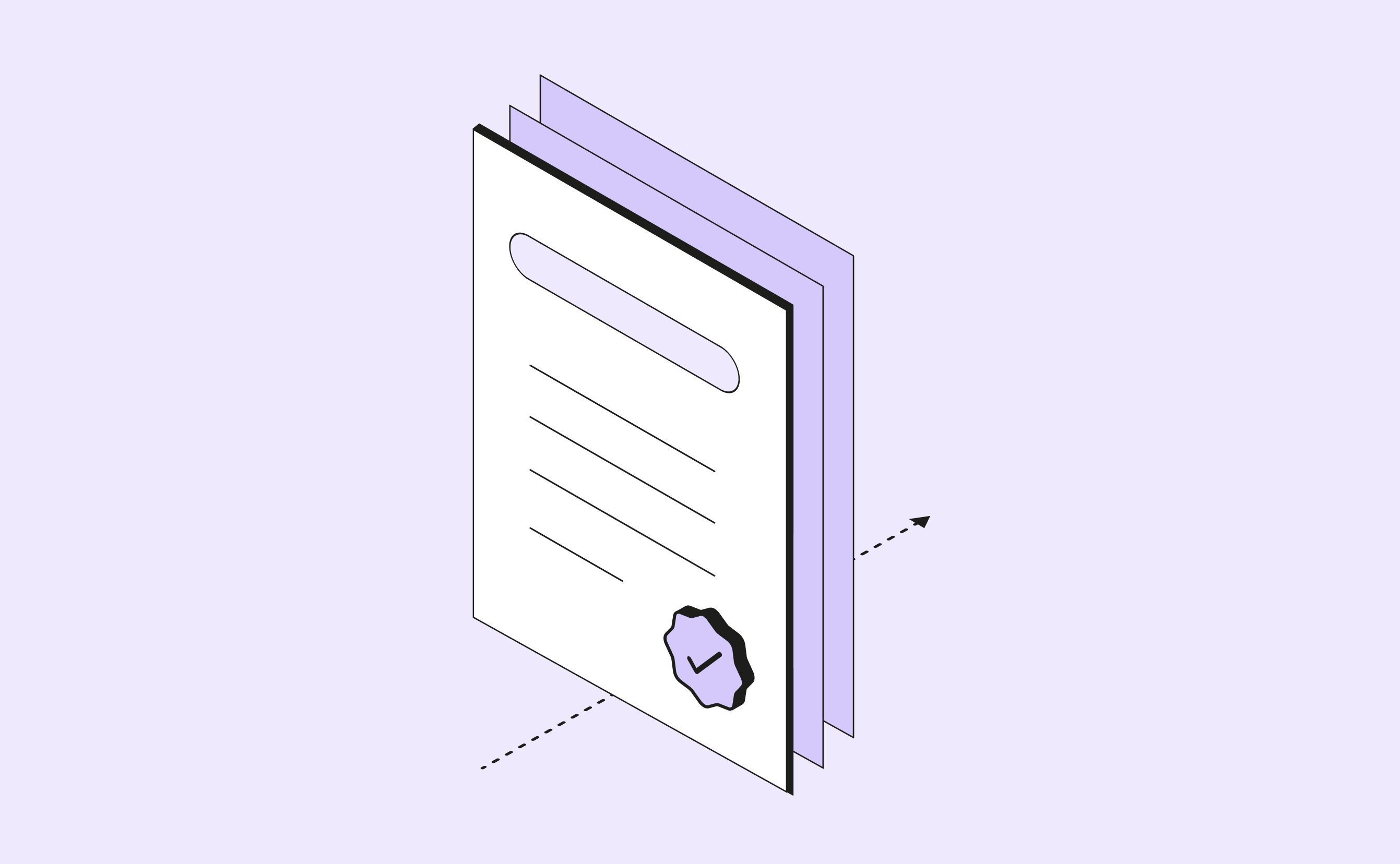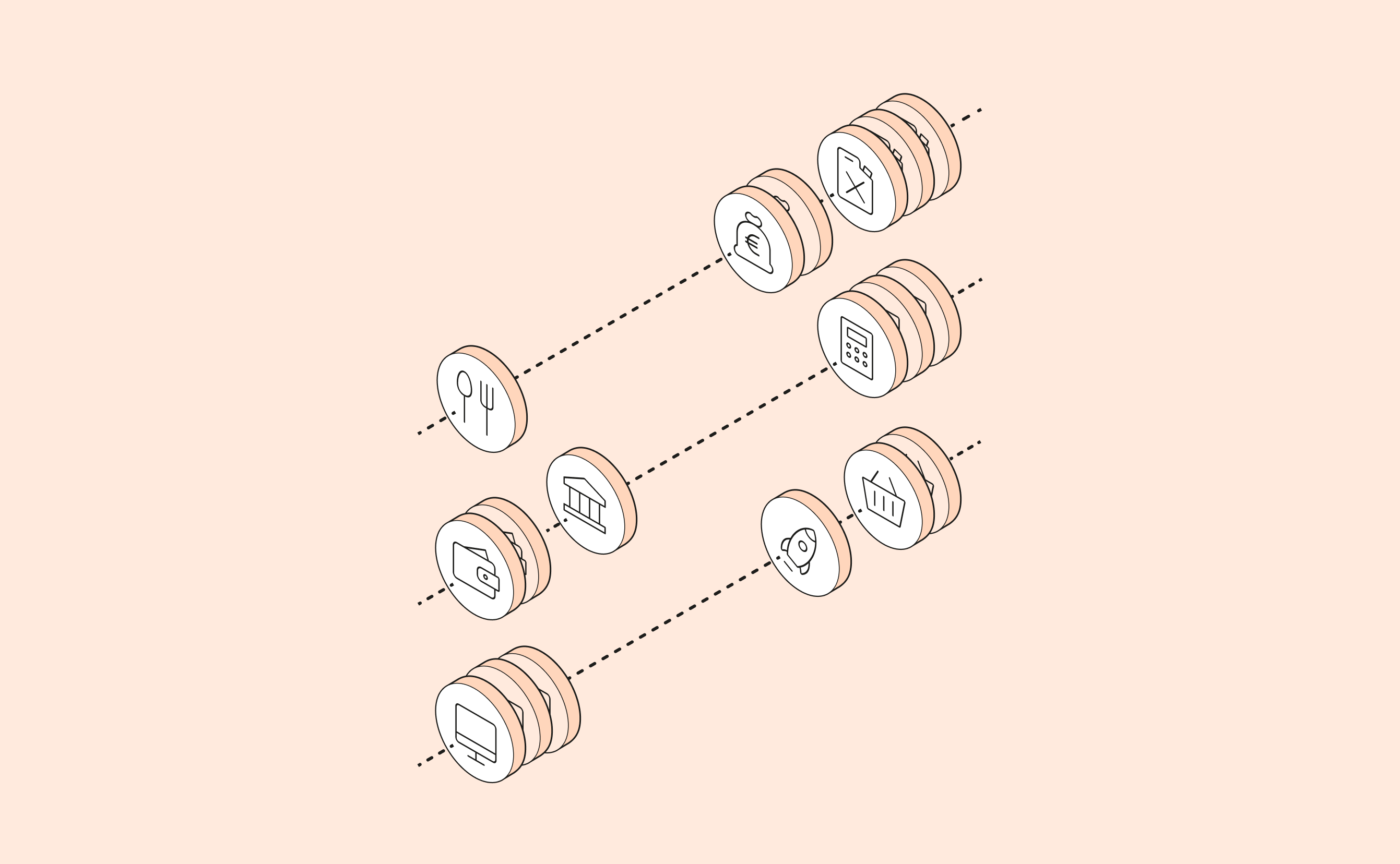As a freelancer, you know that you’re beholden to several financial and administrative obligations.
One of these requirements is closing out your company’s fiscal year.
This accounting formality is mandatory for the large majority of businesses. No ifs, ands or buts about it. At the end of each calendar year, you have to send a summary of the year’s accounting to the relevant tax authorities.
But between balance sheets, profit and loss reports and annexes, it’s hard to see where you stand. That’s to be expected. It’s a complex and demanding task, considering accounting isn’t usually part of your wheelhouse.
This article outlines all the necessary details you need to consider when you’re putting together your year-end closure of accounts.
This will be the year you make closing out your fiscal year a breeze.






